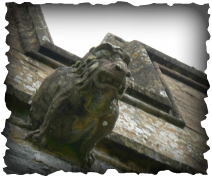 Hunky Punk, North Curry Church.
Hunky Punk, North Curry Church. Ms Crockofshit and I have many shared interests, and perhaps one of our favourite ways to spend a day is to explore the wonderful countryside we are blessed with in this sceptered isle of ours, and in particular, the landscape of my beloved home county of Somerset.
Although the beauty of the natural vistas, from tree clad hillsides, to dark plunging fern-crowded combes are of course a joy to behold, we also enjoy visiting some of the more ancient man-made places of interest. Some of our most ancient buildings are of course churches, a good number of which date back to Saxon times and many of these special places are built on sites that have been places of Pagan worship for considerably longer.
Although the beauty of the natural vistas, from tree clad hillsides, to dark plunging fern-crowded combes are of course a joy to behold, we also enjoy visiting some of the more ancient man-made places of interest. Some of our most ancient buildings are of course churches, a good number of which date back to Saxon times and many of these special places are built on sites that have been places of Pagan worship for considerably longer.
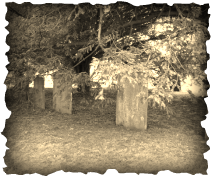 Graveyard, North Curry Church.
Graveyard, North Curry Church. We love the tranquillity of a graveyard, to stand in these places, among our tight-lipped ancestors is a way to connect to the past in a palpable way, as it is likely that people have been gathering in these places for reasons of worship or celebration for time immemorial.
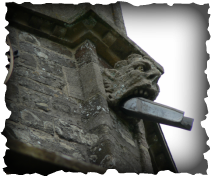 Gargoyle, North Curry Church.
Gargoyle, North Curry Church. Over time, while visiting these captivating places, we have developed a fascination for a specific aspect of the architecture of the buildings that survive there.
I speak of ‘Hunky Punks’, which is Somerset dialect for the phantasmagorical carvings on the sides of buildings, often late gothic churches. Somerset boasts numerous examples of these remarkable sculptures. Hewn from local stone, it seems the stonemasons responsible for them were often allowed to let their imaginations run riot. You may be forgiven if you were to confuse these carvings with gargoyles, however there is an easy way to spot the difference, a gargoyle is designed to drain water from the roof of the building via its mouth, while the Hunky Punk is purely decorative. A good example of this may be found on a church tower which may have carvings on all four corners, despite the roof draining in only one direction, in this case there would be one gargoyle and three Hunky Punks.
I speak of ‘Hunky Punks’, which is Somerset dialect for the phantasmagorical carvings on the sides of buildings, often late gothic churches. Somerset boasts numerous examples of these remarkable sculptures. Hewn from local stone, it seems the stonemasons responsible for them were often allowed to let their imaginations run riot. You may be forgiven if you were to confuse these carvings with gargoyles, however there is an easy way to spot the difference, a gargoyle is designed to drain water from the roof of the building via its mouth, while the Hunky Punk is purely decorative. A good example of this may be found on a church tower which may have carvings on all four corners, despite the roof draining in only one direction, in this case there would be one gargoyle and three Hunky Punks.
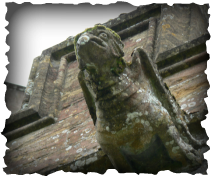 Hunky Punk, North Curry Church.
Hunky Punk, North Curry Church. It is my intention, if you will indulge me, to share this passion with you in what I hope will become a regular, if occasional feature of my blog. To this end, I have recently returned from a visit to North Curry church in Somerset, resting place of several of my own ancestors, and in my opinion boasting some of the finest examples of Hunky Punks to be found anywhere.
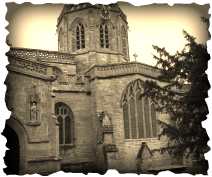
The Church of St Peter and St Paul is the Parish Church of North Curry, it is a generously proportioned building for a village church, and is known locally as The Cathedral of the Moors. When first built, perhaps as early as the 9th century, the church would have stood on a promontory between marshland on all sides, extending from West Hatch to Athelney, before the land was reclaimed by drainage.

The views from here are truly spectacular, on a clear day, gazing out over a huge expanse of flat country it is possible to see Taunton Deane, the southern slopes of the Quantock Hills, the Brendons, the Blackdowns, the Mendips, the Poldens, and Exmoor. I find it easy to picture the spectral, nocturnal horde of The Wild Hunt sweeping across this landscape on Yule night, perhaps if you are courageous or foolhardy enough you may be able to view the spectacle from this vantage point.
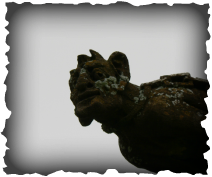 Hunky Punk, North Curry Church.
Hunky Punk, North Curry Church. Hunky Punks of Pagan origin, unique to Somerset are a feature of North Curry Church. This one represents Lucifer in chains, struggling to free himself from the north west corner of the church, fleeing into the darkness of sun-down.
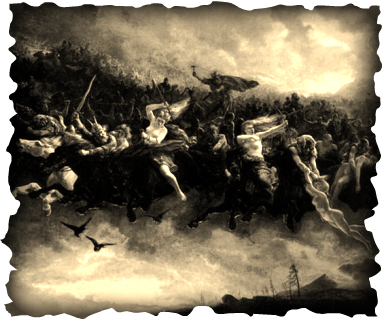
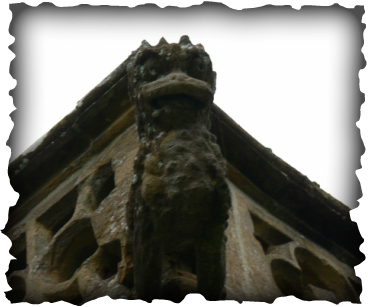
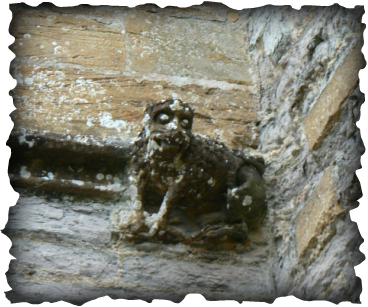

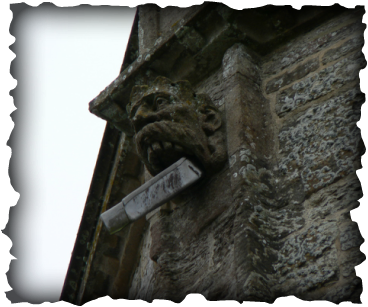
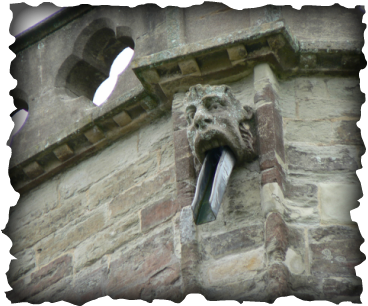
 RSS Feed
RSS Feed